Rheology Modifiers Size
Rheology Modifiers Market Growth Projections and Opportunities
The Rheology Modifiers Market is influenced by a myriad of factors that collectively define its dynamics. Stakeholders in the industry must comprehend these key elements to navigate the market successfully and make informed decisions. Here's an exploration of the primary market factors in a concise, pointer format:
End-User Industries Diversity: The Rheology Modifiers Market derives its demand from a diverse range of end-user industries, including paints and coatings, cosmetics, pharmaceuticals, and construction. The versatility of rheology modifiers, which influence the flow and deformation of materials, contributes to their widespread use across sectors.
Growing Construction Sector: With applications in cement and concrete formulations, rheology modifiers play a pivotal role in the construction sector. The expansion of construction activities globally, driven by infrastructure development, directly impacts the demand for rheology modifiers.
Paints and Coatings Industry Demand: Rheology modifiers are integral to the paints and coatings industry, influencing factors like viscosity and sag resistance. The growth of this industry, influenced by construction and automotive sectors, directly affects the demand for rheology modifiers.
Personal Care and Cosmetics: In the cosmetics and personal care industry, rheology modifiers are used to enhance the texture and stability of formulations. The increasing focus on innovative and high-performance cosmetic products contributes to the demand for these modifiers.
Oil and Gas Drilling Fluids: Rheology modifiers find application in drilling fluids in the oil and gas industry. The demand for these modifiers is influenced by exploration and drilling activities, with a focus on maintaining fluid properties under varying conditions.
Pharmaceutical Formulations: The pharmaceutical industry utilizes rheology modifiers in formulations for drugs, ointments, and gels. The demand for rheology modifiers in pharmaceuticals is driven by the need for precise control over the rheological properties of dosage forms.
Consumer Preference for Sustainable Products: Growing consumer awareness of environmental sustainability prompts industries to seek rheology modifiers that align with eco-friendly practices. Manufacturers producing bio-based or environmentally friendly rheology modifiers respond to changing consumer preferences.
Technological Advancements: Continuous innovations in rheology modifier formulations and technologies contribute to market growth. Research and development efforts to enhance performance characteristics, tailor functionalities, and improve compatibility drive the competitiveness of rheology modifiers.
Regulatory Compliance: Adherence to regulatory standards, including those related to chemical safety and environmental impact, is crucial for rheology modifier manufacturers. Compliance with regulations such as REACH (Registration, Evaluation, Authorization, and Restriction of Chemicals) ensures market access.
Global Economic Conditions: Economic factors, including GDP growth, industrial output, and consumer spending, impact the demand for rheology modifiers. Economic downturns may affect construction activities and manufacturing, influencing the market negatively.
Raw Material Prices: The pricing and availability of raw materials, such as polymers and additives used in rheology modifier production, impact manufacturing costs. Fluctuations in raw material prices can influence overall pricing strategies for rheology modifiers.
Adoption of Water-Based Formulations: The market experiences a shift towards water-based formulations in various applications, driven by environmental concerns and regulations. Rheology modifiers compatible with water-based systems gain prominence in response to this trend.
Customization for Specific Applications: Industries seek rheology modifiers tailored to specific applications, such as enhancing the performance of drilling fluids or achieving specific texture requirements in cosmetics. Manufacturers offering customized solutions for diverse industry needs gain a competitive edge.
Demand for High-Performance Additives: The preference for high-performance rheology modifiers that provide superior stability, efficiency, and compatibility influences market trends. Manufacturers investing in developing advanced formulations cater to the demand for high-quality additives.
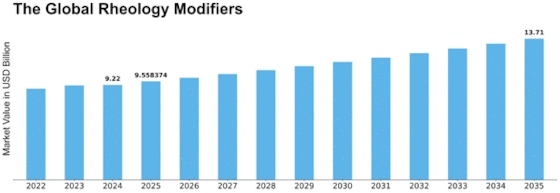

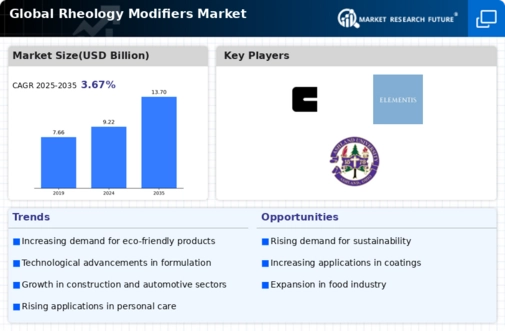

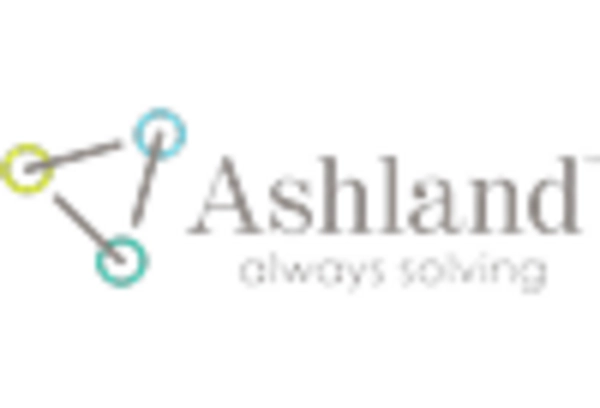

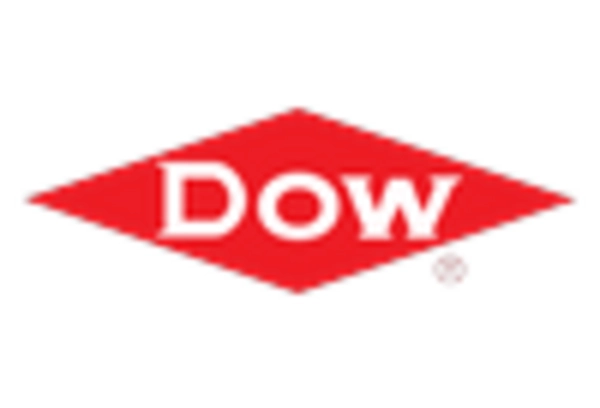
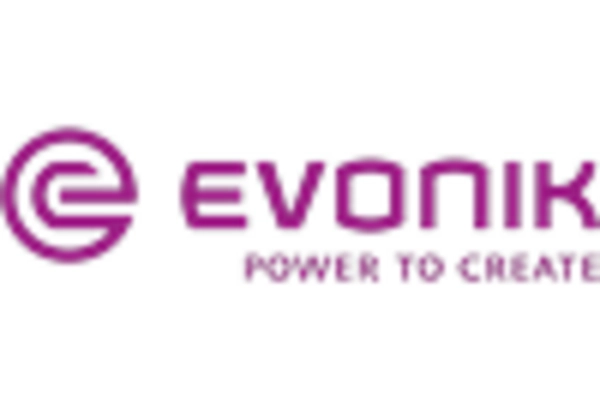
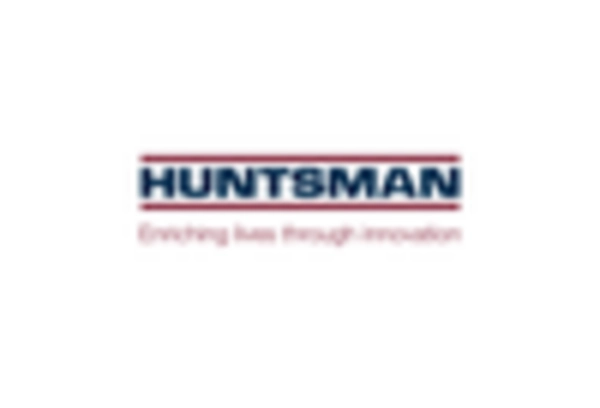
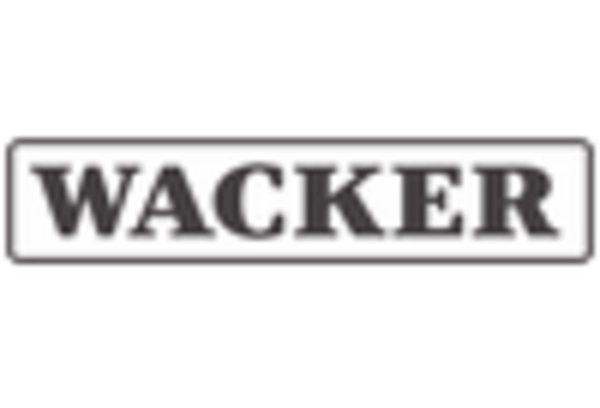

Leave a Comment